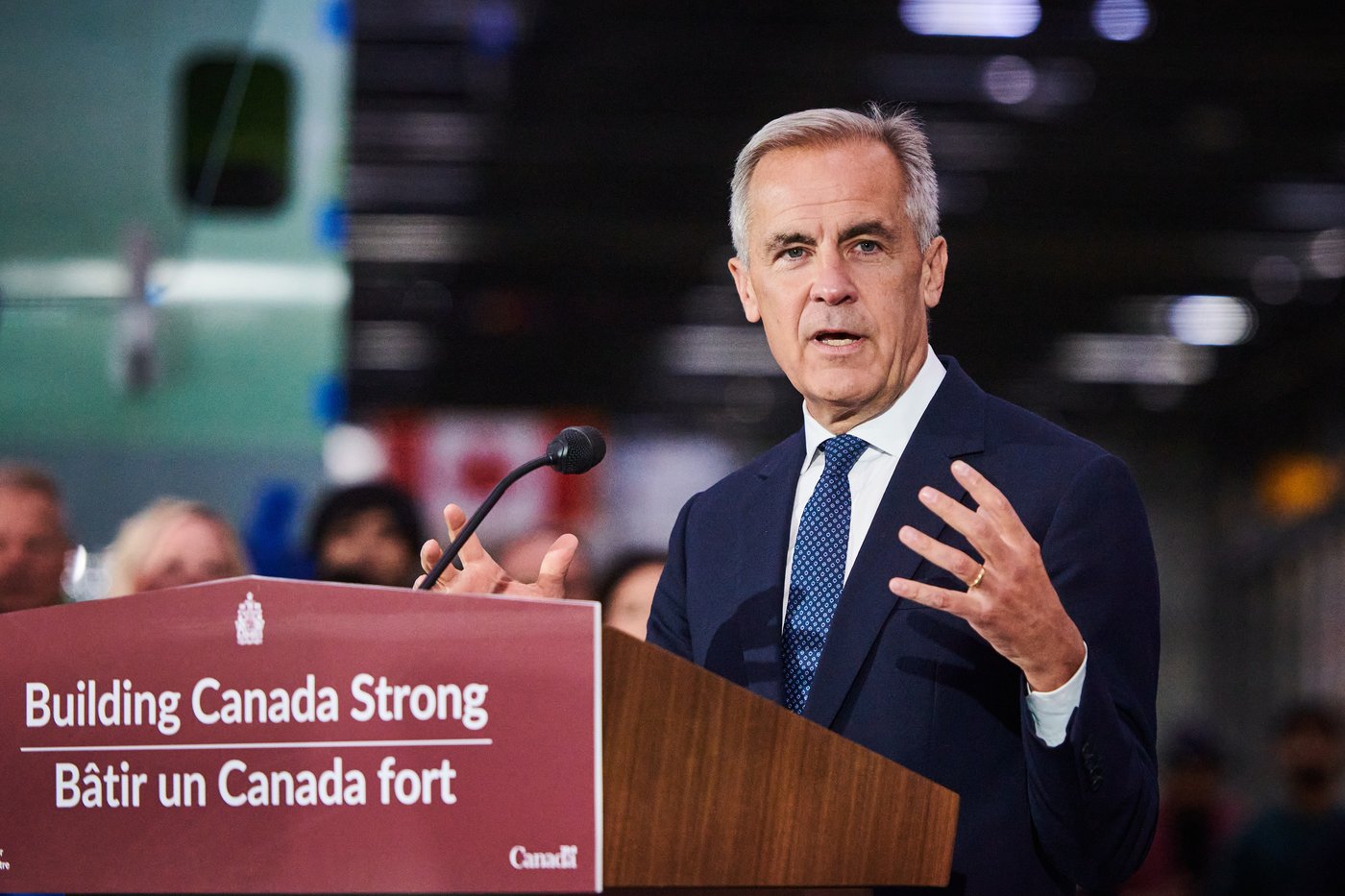Insurance premium hikes will jolt drivers. Does promise of future savings make it all worthwhile?

Auto insurance reform is a hot topic in Alberta, with the government touting potential savings of $400 by 2027. However, what they fail to mention is the incremental rate increases that will occur in the three years leading up to that target. In the coming years, annual rate increases of 3.7%, 7.5%, and 7.5% are set to take effect, resulting in an average driver paying an additional $325 in premiums.
This two steps forward, one step back approach has left many questioning whether the promised $400 savings will actually materialize. Finance Minister Nate Horner acknowledges that while the government regulates the industry, there are no guarantees when it comes to future costs that insurance companies may need to cover. The freeze on rates in 2023 was a temporary measure to stem losses for insurance companies, but the subsequent rate increases are a necessary evil to ensure their profitability.
One of the major changes coming with the reform is the elimination of accident claim lawsuits, which will have a significant impact on the personal injury lawyer sector. Industry experts predict hundreds of job losses in the legal field, as well as in other areas. This shift in the system has raised concerns about the rights of accident victims and the ability to seek fair compensation.
The proposed changes are reminiscent of past insurance reforms in Alberta, with Premier Danielle Smith at the forefront of the movement. Smith, who once defended accident victims and injury lawyers against limits on insurance claims, is now championing a system that restricts litigation for accident victims. This policy shift has left many, including veteran injury lawyer Mark McCourt, questioning the government’s priorities and the potential consequences for all involved.
While the government believes that these reforms will lead to lower premiums and better care for consumers, there are no guarantees. The possibility of transitioning to a public insurance model, similar to other provinces, remains on the table as a last resort. However, the United Conservative Party is hesitant to explore this option due to concerns about startup costs and job losses in the private sector.
As Alberta moves towards a new auto insurance system, the impact on ratepayers, victims, and industry professionals remains uncertain. The changes could lead to a significant shakeup in the insurance industry and legal sector, potentially resulting in widespread consequences for all involved. Only time will tell if the government’s reforms will deliver on their promises or lead to mutually assured destruction for all parties involved.



